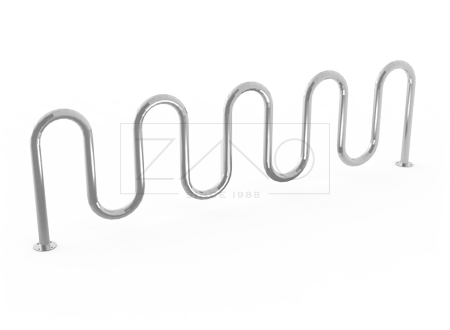
Bicycle Racks
serial
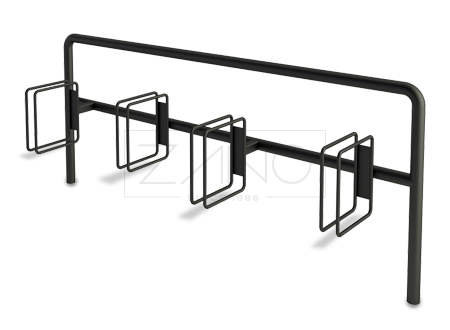
Forte Bicycle Rack
05.052.SC
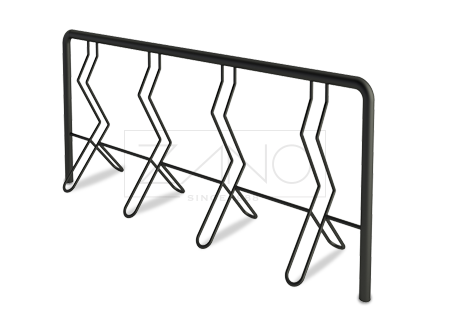
Wave Bicycle Rack
05.056.1.SC
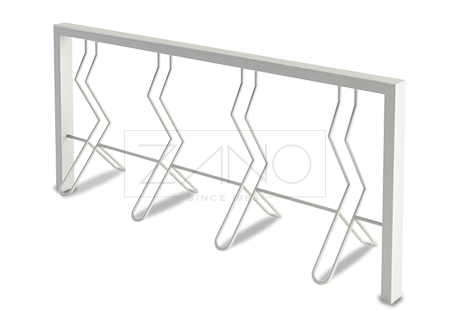
Kaskada Bicycle Rack
05.056.2

Cube Bicycle Rack
05.030
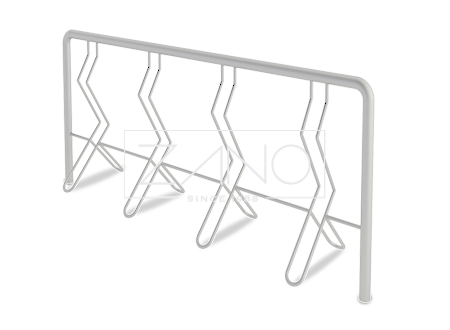
Bicycle Rack
05.056.1.SN
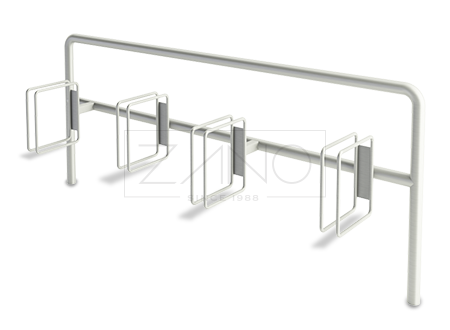
Bicycle Rack Forte
05.052.SN
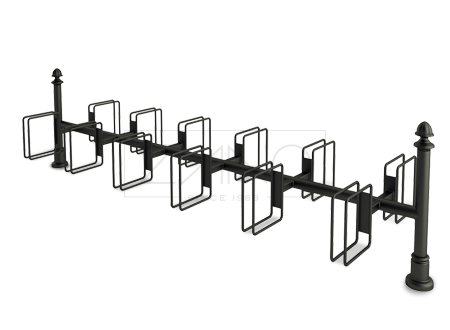
Gemini Bicycle Rack
05.451
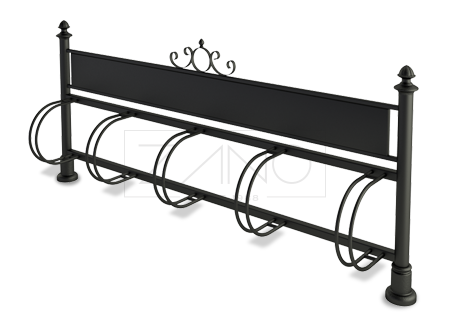
Bicycle Rack
05.050.1
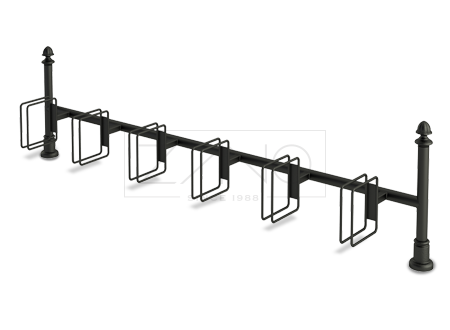
Lock Bicycle Rack
05.051
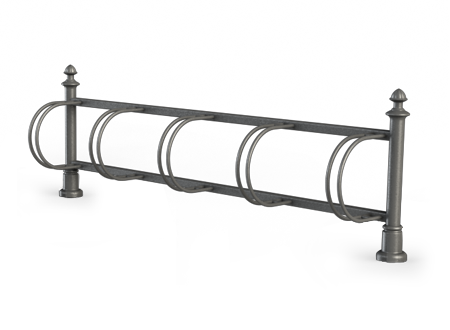
Decora Bicycle Rack
05.050
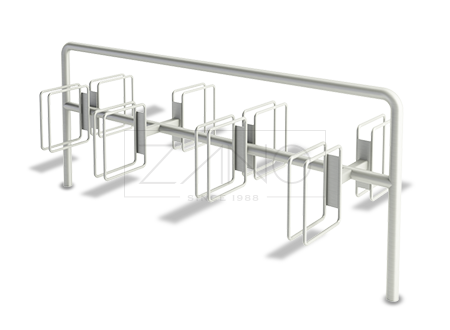
Bicycle Rack
05.452.SN
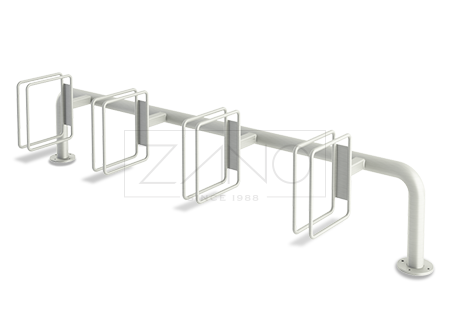
Bicycle Rack
05.053
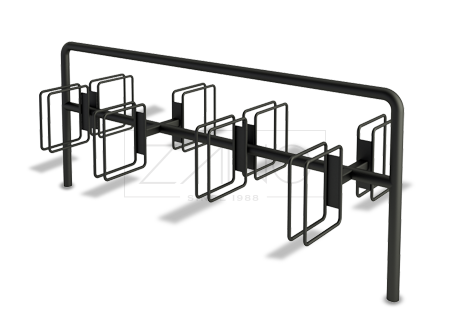
Fractal Bicycle Rack
05.452.SC
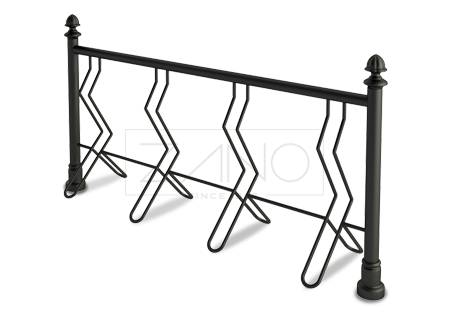
Classic Bicycle Rack
05.056
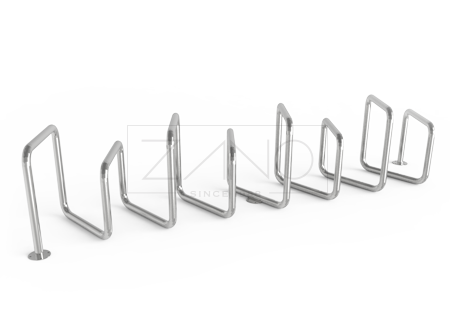
Echo Bicycle Rack
05.031
Bicycle racks are a fundamental component of urban infrastructure, providing a secure, convenient space for cyclists to park and lock their bicycles. These fixtures enhance the usability of public spaces, promote cycling as an eco-friendly transport option, and contribute to the organized aesthetics of urban landscapes. Also referred to as bike racks or bike stands, these devices serve a critical role in both promoting sustainable transport and ensuring the security of parked bicycles.
The design and construction of bicycle racks range from simple, minimalist forms to elaborate, artistic installations that blend functionality with aesthetic appeal. Typically fabricated from robust materials such as galvanized steel, stainless steel, or aluminum, these racks resist corrosion, withstand harsh weather conditions, and endure the wear and tear of everyday use. The durability and strength of these materials ensure long-term serviceability and low maintenance needs, making them ideal for installation in diverse environments like parks, schools, urban centers, and commercial spaces.
In enhancing user convenience and security, bicycle racks come in various configurations and capacities. Single-sided designs are suitable for narrow sidewalks, allowing bikes to be parked on one side only, whereas double-sided models maximize space efficiency and are perfect for more spacious areas. The inclusion of high-grade locking mechanisms accommodates all types of bicycle locks, from U-locks to chain locks, offering peace of mind to users. Furthermore, the thoughtful spacing between parking slots on the racks prevents scratches and physical damage to the parked bikes, promoting a user-friendly experience.
Incorporating bicycle racks into urban planning is a testament to a city's commitment to sustainable development and active transportation. As an integral piece of street furniture, these racks not only support the convenience and security of bicyclists but also contribute to reducing traffic congestion and pollution, fostering a healthier, more environmentally responsible community. Whether installed near transit stations, in commercial districts, or at public facilities, bicycle racks are indispensable in making urban areas accessible and cyclist-friendly. Their functional prowess, coupled with their potential to enhance the visual appeal of a community space, underscores their value in modern urban landscapes.